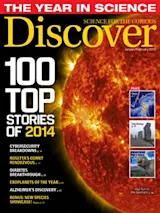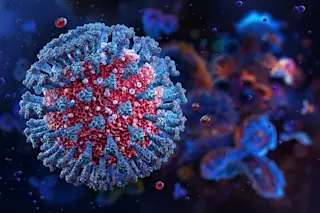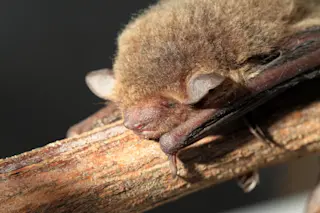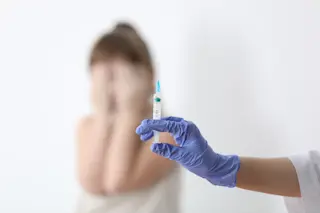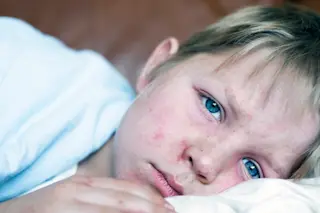It started quietly, deep in the forest of southern Guinea.
In Meliandou, a village in the prefecture of Guéckédou, a 2-year-old boy contracted the virus, possibly from a fruit bat. The child’s flu-like symptoms at first would have caused little alarm. But before long he began vomiting, and his stool was black with blood.
The young boy died on Dec. 6, 2013. By New Year’s Day, his mother, sister and grandmother were dead. A month later, so were two mourners who had attended the grandmother’s funeral, a local nurse and the village midwife. Before they died, the two mourners and the midwife carried the virus to nearby villages and to the region’s hospital, infecting others.
Thus began the worst Ebola outbreak the world has ever seen.
By last summer, people across Guinea, Sierra Leone and Liberia had retreated to their homes, unwilling or unable to get to clinics where they’d ...



